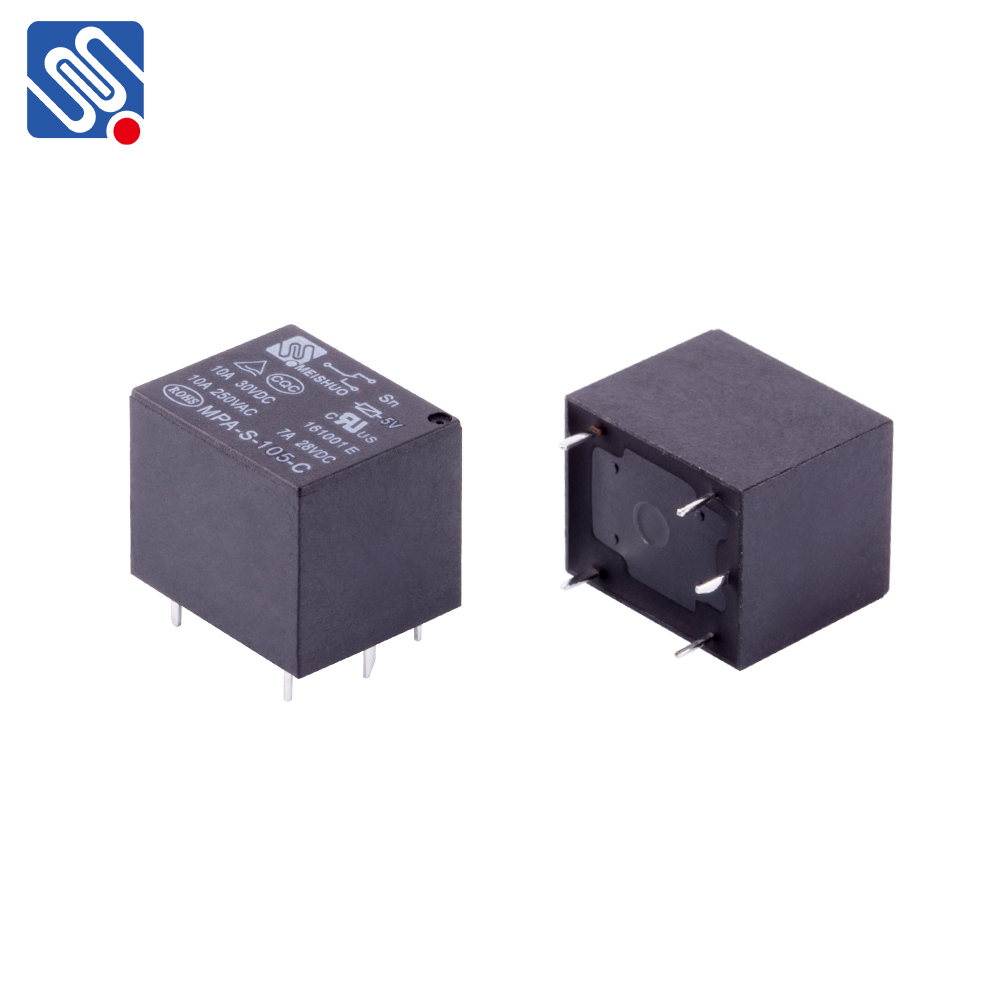A switch relay is an essential component in electrical and electronic systems, acting as an intermediary between different circuits. By converting electrical signals, it allows a relatively low power control circuit to control a higher power circuit. This makes switch relays a cornerstone in automation, control systems, and many other applications. In this article, we will explore the function of switch relays, different types, and their wide range of applications.

What is a Switch Relay? At its core, a switch relay is an electrically operated switch. It consists of an electromagnet that, when energized, either opens or closes a set of contacts. The control signal, typically low voltage and current, energizes the relay, which in turn controls the higher voltage and current in the target circuit. This allows circuits with different power requirements to be connected and controlled through a single control circuit. Switch relays operate based on the principle of electromagnetism. When an electrical current passes through a coil of wire, it generates a magnetic field. This magnetic field attracts a metal armature, causing the switch contacts to open or close. The switch contacts are typically either Normally Open (NO) or Normally Closed (NC). In the NO configuration, the circuit is open when the relay is off, and the contacts close when the relay is activated. In the NC configuration, the circuit remains closed when the relay is off, and the contacts open when the relay is energized.